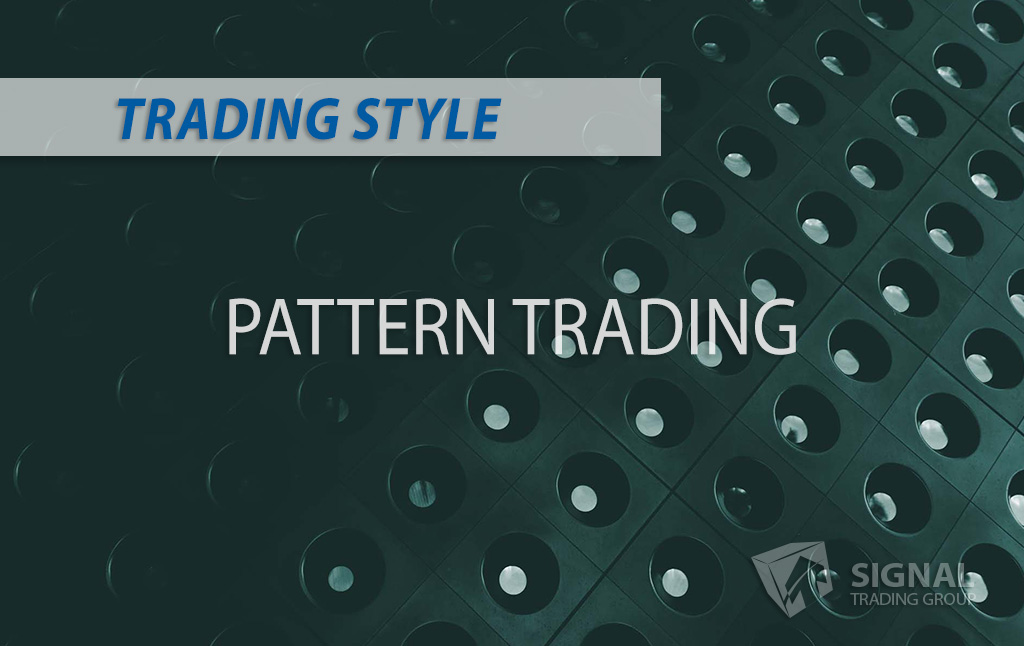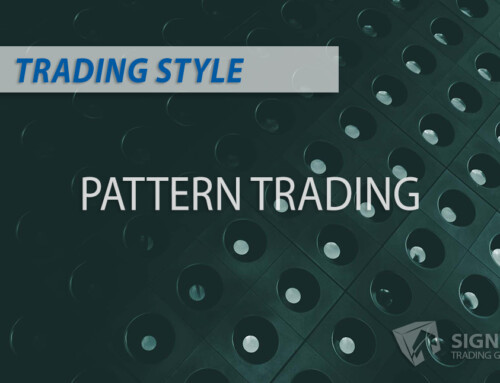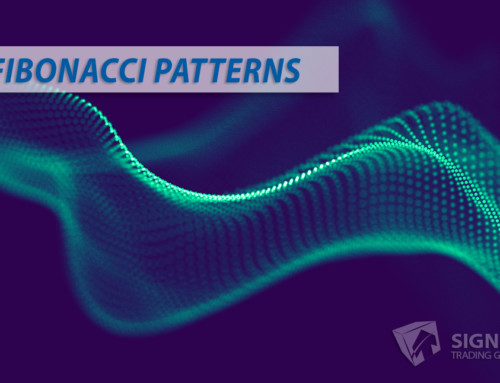Pattern-Based Trading Techniques
Pattern-based trading is a method of analysis that relies on recognizing and interpreting recurring price patterns on a chart. By understanding these patterns, traders can gain insight into potential market movements and capitalize on profitable opportunities. Here are some key techniques to consider when looking at pattern-based trading.
Triangle Patterns
Triangle patterns can provide valuable information about market direction. This type of pattern includes ascending triangles, descending triangles, and symmetrical triangles. A flat resistance line forms an ascending triangle and an ascending support line, typically leading to a bullish breakout. Conversely, a descending triangle consists of a flat support line and a falling resistance line, typically resulting in a bearish breakout. Lastly, symmetrical triangles are formed by converging support and resistance lines which can break out in either direction.
Engulfing Pattern
The engulfing pattern is a candlestick pattern that signals potential trend reversals. It is defined as one candle completely engulfing the previous one. A bullish engulfing pattern occurs when a green candle covers the previous red candle and suggests an upcoming uptrend. Conversely, a bearish engulfing pattern happens when a red candle fully covers the preceding green candle, indicating a possible downtrend.
Price Divergence Pattern
Price divergence is an indicator of a potential trend reversal. It arises when the direction of price and technical indicators diverge. For instance, if prices have made a new high, but the momentum indicator fails to surpass its previous peak, it could signify an upcoming price reversal. Conversely, bearish divergencies could indicate market tops.
Harmonic Pattern
Harmonic patterns are an advanced class of price pattern techniques in technical analysis. They utilize the principles of the Fibonacci sequence and ratios to predict potential reversal points in the market. The Gartley, butterfly, crab, and bat are all harmonic patterns that require detailed measurements and accurate predictions for successful trades.
Sequential Pattern
Tom Demark designed the sequential pattern, which consists of 9 bars. It is based on the idea that if prices repeat themselves in a specific sequence, it could indicate a possible breakout or reversal.
Conclusion
Pattern-based trading provides traders with a roadmap of potential market movements. By deciphering these chart patterns, traders can identify possible reversals and capitalize on profitable opportunities. With practice, these techniques can be used to enhance trading success.




